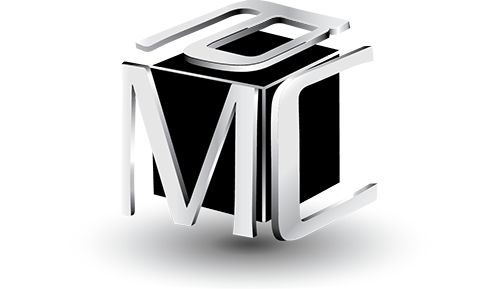
Through People


My experience assessing talent within companies typically shows that high-performing, high-potential talent often makes up a small percentage of most organization’s total workforce, typically 10 – 15%. That observation has been confirmed in a global research study on workforce productivity conducted by Bain & Company. The study established that, on average, 15% of an organization’s talent is high-performing, high-potential “stars”.
Surprisingly, when the Bain researchers compared the percentage of top talent in best performing versus lower performing companies, there was not a significant difference in the number of Hipo’s!
What the research did uncover was that, even though the amount of highly productive talent was very similar, the top-performing companies in the study deployed talent very differently than other organizations. The top-performing companies huddled their high-performing, high-potential employees together in roles that could have the biggest impact on overall company performance. The lower performing companies tended to use a peanut butter approach to deploying their top talent by spreading it evenly across a variety of roles.
If you are interested in leveraging your top talent to drive performance (and you should be), then you need to consider developing or enhancing several robust talent management processes. Here’s few of the most important places to start.
Identifying Star Employees. The most frequent method that companies tend to use to identify their stars is by asking their current manager to point them out. Unfortunately, this approach has been shown to be terribly flawed and unreliable. A more robust approach is to employ well structured, cascading talent reviews based on evidence-based and clearly defined criteria for performance and potential and that involve a variety of perspectives – not just a single manager’s.
Knowing Strategy-Critical Roles. It would seem like it would be easy to gain consensus on which roles in your organization are critical to executing your strategy and driving value. However, I’ve found it’s tough for some leaders to admit that not all roles have the same value (including their own). I found it helpful to first agree that all roles are important (or they shouldn’t exist). We then work from down from strategy, identifying the key capabilities the company needs to execute its strategy and then linking roles (not people!) to those capabilities. It’s a tough exercise but very beneficial.
Curating Assignments. Given the potential impact of star talent and the importance of strategy-critical roles, the ownership of who curates the placement of talent into critical roles has to be clear. The top talent should not be “owned” by the single manager to whom they presently report but to higher levels of leadership in the organization (at least one skip-level above the current boss). Likewise, who gets placed in strategy-critical roles must also be owned by a higher coalition of leadership. Talent Management/HR needs to assure that the plan for the current and future placement of stars in key roles is a high-priority output from every talent review. Stars should be backed-up by stars.
A number of talent management practices have been shown to drive overall company performance. How your company deploys its best and brightest is one of them.
If you’d like to learn more about leveraging talent for results, get a copy of our new book, Strategy-Driven Leadership: The Playbook for Developing Your Next Generation of Leaders.